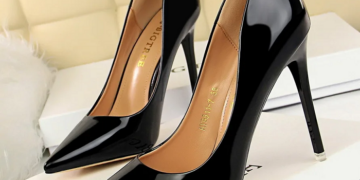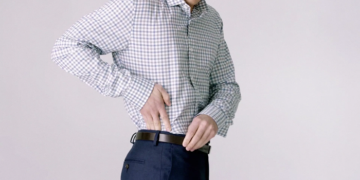The standing body has recesses for the heights of the lifting screws and below carries a figure plate with cutouts. This Lastina with the help of a spring seeks to take a position in which cuts are against the recesses. In this position, holding the screw, the theodolite is installed so that the tops of the lifting screws enter their grooves, after which the screw is released. Under the influence of the spring, the plate turns and theodolite is fixed on the lifting screws. In modern stands, lifting screws with closed adjustment are used. Such screws are protected from pollution and work smoothly without backlash. Rotating the nut, you can tighten the conical cut nut and thereby adjust the stroke of the lifting screw. On top of the deaf nut is closed by a plug. The screw is screwed into the lower divided nut, screwed into the body of the stand. The split nut is tightened by the rotation of the adjusting nut. Step S and the diameter D of the head of the lifting screw should be selected so that the smallest, tangible hand of the rotation of the screw head corresponds to the slope of the vertical axis, equal to the accuracy of the level of the level and taken equal to 0, 2 tons. Vertical axial systems of levels are less complex than theodolites. The axis or sleeve of these systems is motionless. The axis pressure is transmitted through the conical heel to the steel flood. The screw prevents the displacement of the vertical axis up. A micrometer-and-musical device with a central radial fixing consists of a clamp, a clamping screw, a screw and a controper located on a fork of a support site. In modern levels, vertical axes are used with an endless leading screw.
© EHappyNews, 2017-2023. All Rights Reserved.







